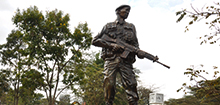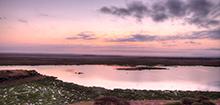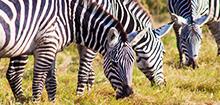In undertaking its mandate of conservation and management of wildlife and their habitats, KWS endeavours to conserve wild animals free ranging in their natural habitats. However, situations do arise that require some animals to be kept in captivity. These include:
- Orphaned or abandoned young animals which cannot survive on their own in the wild
- Severely injured or sick animals whose survival in the wild is compromised
- Animals surrendered by pet keepers
- Animals forfeited or confiscated in the illegal trade
The Nairobi Animal Orphanage was established in 1963 in Nairobi National Park to take care of such animals. After nurturing, the animals are released back to the wild when they mature. However, the large carnivores such as lions, cheetahs, leopards and hyenas are difficult to rehabilitate back to the wild for various reasons such as:
- Inability to fend for themselves because hunting is learned from an early age from mothers
- Familiarity with humans which would make them move towards human settlements
- Homing instincts which would make them attempt to go back to their original home
- Territorial behaviours of the species in which case the introduced animals would be killed or driven away by the resident individuals.
The orphanage therefore becomes the permanent home for such animals as well as non-indigenous species confiscated in the illegal trade in wildlife.
The Nairobi Safari Walk on the other hand was established in the year 2000 to showcase Kenya’s vast biodiversity comprising the various ecosystems found across the country namely the wetlands, savannah and woodlands/forests and their inhabitants. It was intended to educate the youth in wildlife conservation and management and provide the people of Kenya and in particular the youth with Kenya’s rich and unique heritage and its diversity. It is used to house animals from the orphanage that cannot be rehabilitated back to the wild.





